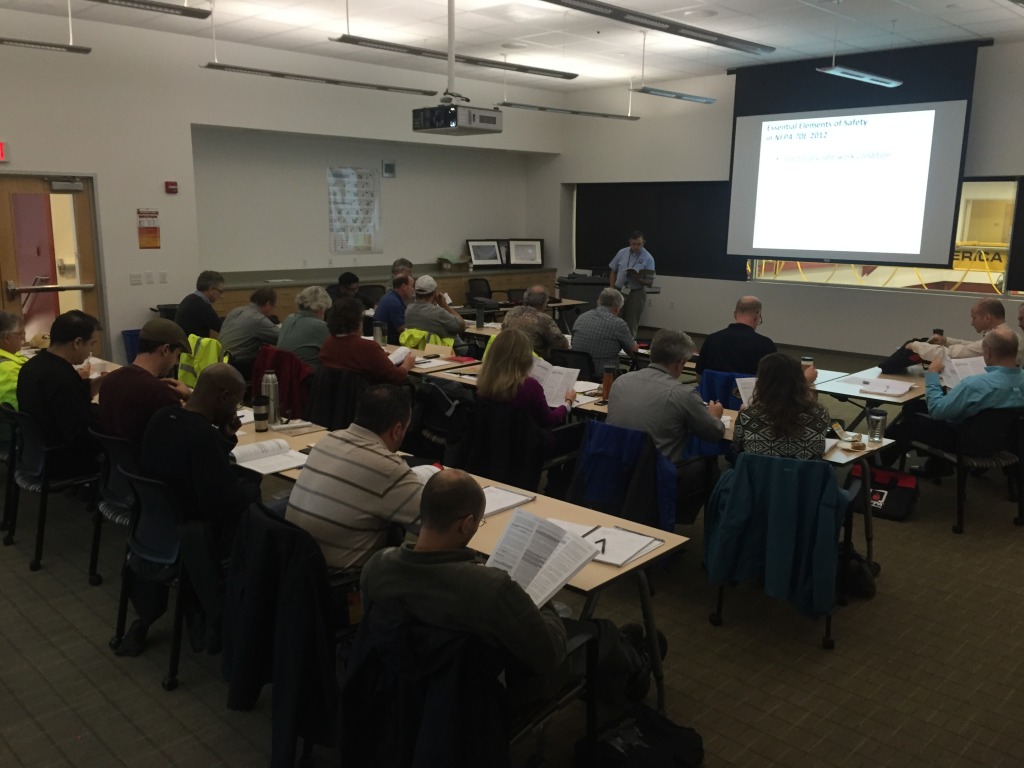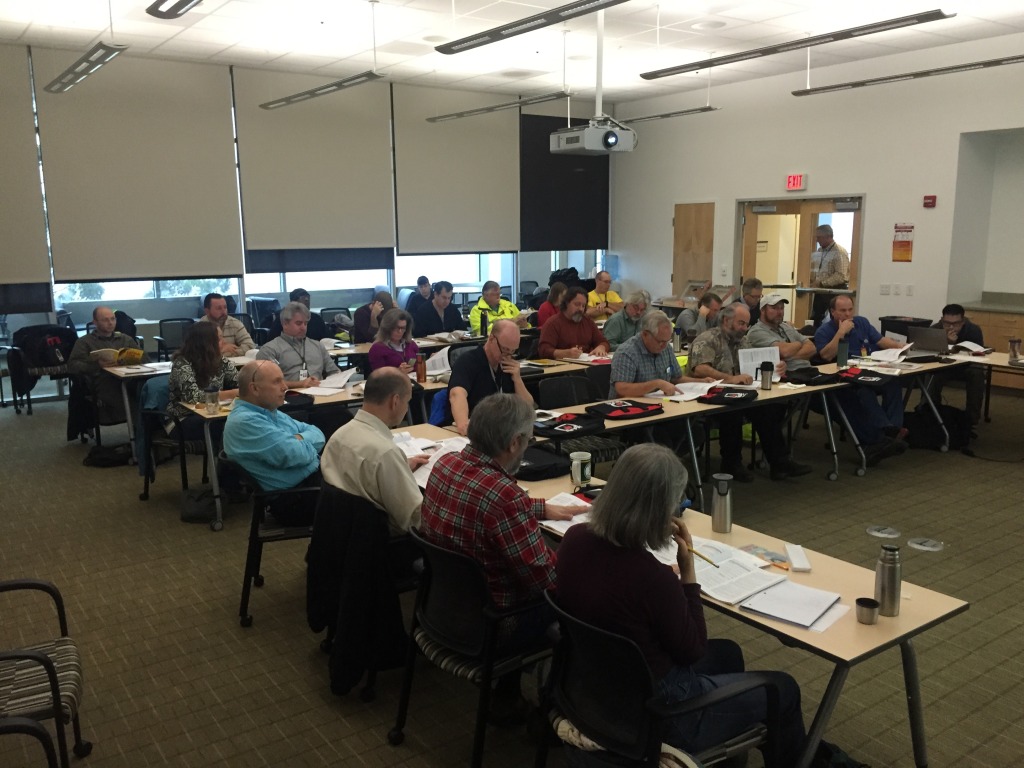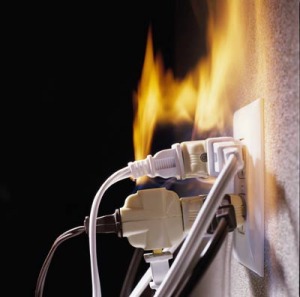The National Fire Protection Association (NFPA) now has two electrical safety certifications available: Certified Electrical Safety Compliance Professional (CESCP) and as of January 5, 2015 the Certified Electrical Safety Worker (CESW). Both certifications emphasize electrical safety in the workplace (NFPA 70E); however, from different perspectives. The CESW certification is for the electrician in the workplace. The CESCP certification is open to electricians, electrical engineers, or other professionals working in electrical safety. To differentiate the exams, we have provided each exam’s weighted criteria for the major domains covered.



